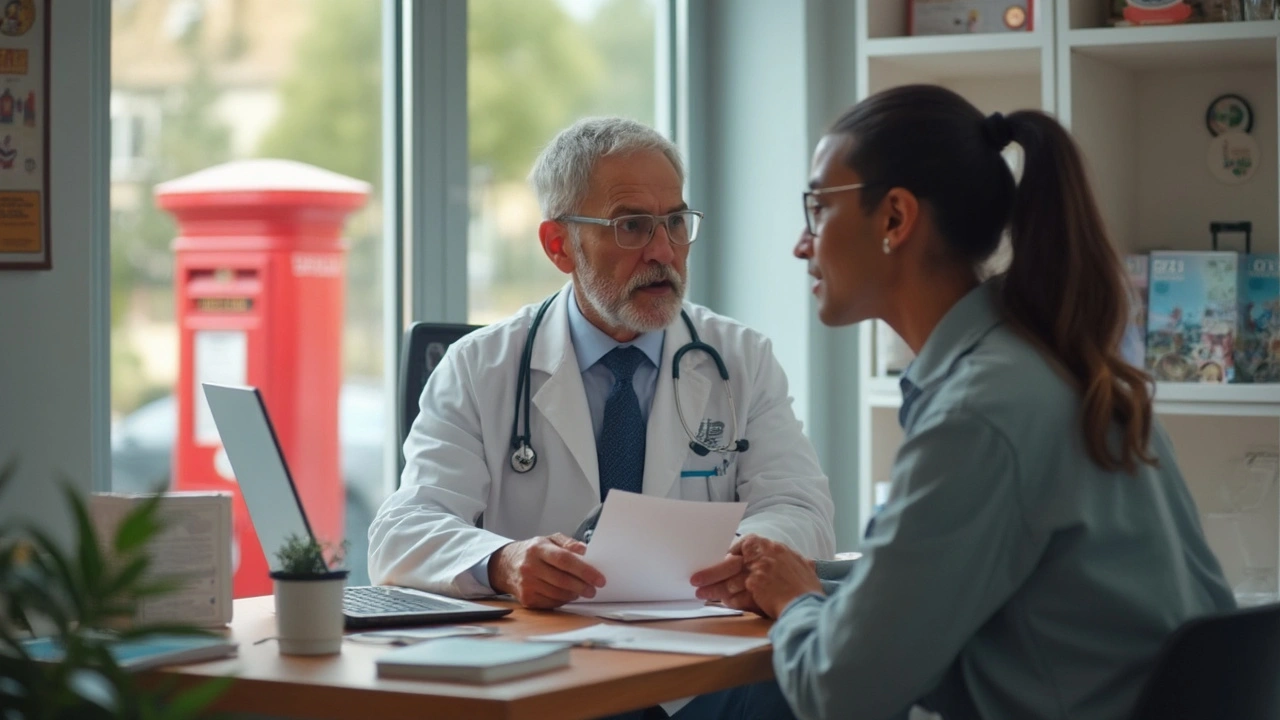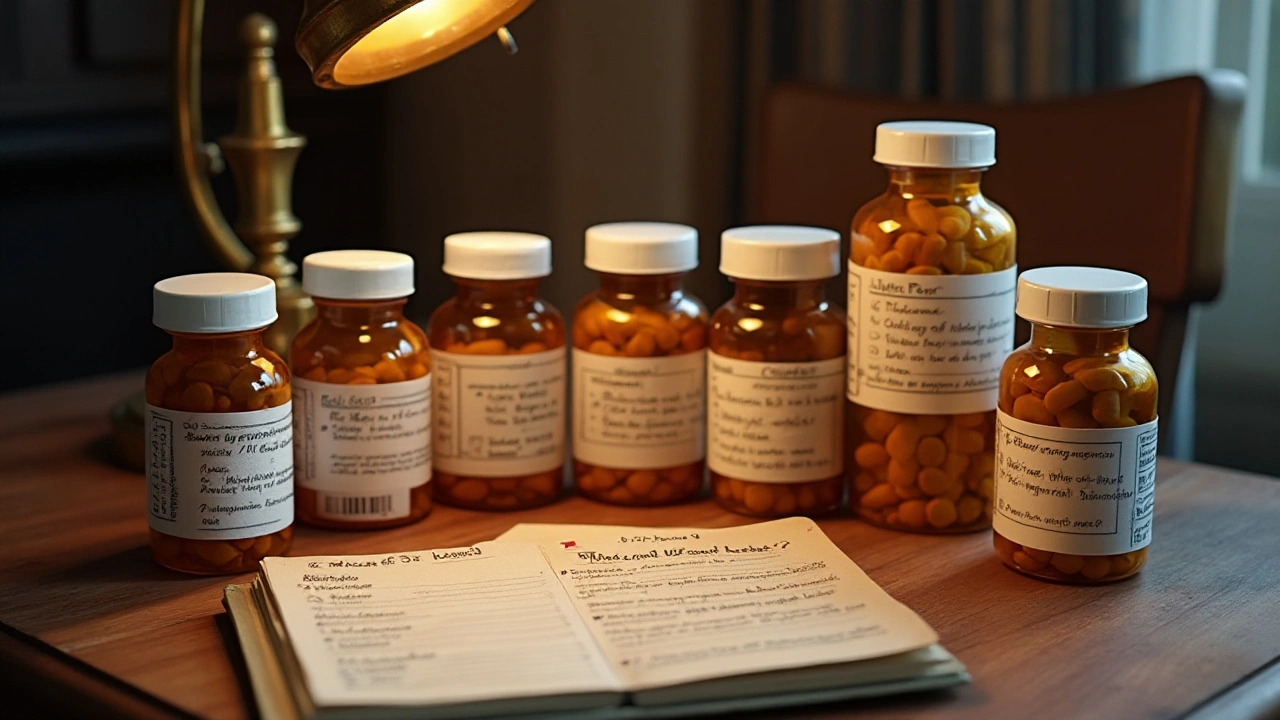Antibiotics: what they do and how to use them safely
Antibiotics kill or stop the growth of bacteria. They treat things like strep throat, urinary tract infections, and some skin infections. They don’t work on viruses — so they won’t help a cold or the flu. Using the right antibiotic at the right dose for the right time keeps you safe and helps avoid resistance.
Smart antibiotic use
Only take antibiotics when a healthcare professional prescribes them. Finish the full course even if you feel better after a day or two — stopping early can let bacteria survive and come back stronger. Don’t share leftovers with family or pets. Watch for side effects like rashes, severe diarrhea, or trouble breathing and stop the drug and call a doctor if those happen.
Think about interactions. Some antibiotics change how other drugs work (for example blood thinners or certain heart meds). If you take other prescriptions, tell the prescriber and ask a pharmacist to check interactions. If you’re pregnant, breastfeeding, or have liver or kidney problems, get medical advice before starting an antibiotic.
How to buy antibiotics online safely
Buying antibiotics online can be convenient, but safety matters. Use only pharmacies that require a valid prescription and show clear contact details and real pharmacist access. Legit pharmacies list a physical address, phone number, and license information. If a site sells powerful antibiotics without asking for a prescription, that’s a red flag.
Compare prices but don’t chase the cheapest option. Extremely low prices or vague product descriptions can mean counterfeit or expired drugs. Check shipping options, tracking, and how the pharmacy handles returns. For country-specific rules — like ordering Cefadroxil in Australia or Vancomycin from abroad — read local guidance and our step-by-step buying guides first.
Ask questions before you buy: Can you upload a prescription? Is there a pharmacist to chat with? What are the storage and shipping conditions? Good pharmacies also explain expected delivery time and customs rules for your country.
Keep a record of what you ordered, batch numbers if available, and take photos of packaging when it arrives. If the pills look wrong, smell off, or packaging is damaged, don’t take them and contact the seller and your healthcare provider immediately.
Want specific help? We have practical guides for common antibiotics and real-world buying tips — from safe Cefadroxil purchases to what to know about Vancomycin and affordable options for rifamycin drugs like Xifaxan. Read those guides, talk to your doctor or a licensed pharmacist, and use telemedicine when you can to confirm what you need.
Keeping antibiotics effective is a shared job. Use them correctly, buy them responsibly, and ask for professional help when you’re unsure. That keeps you safer today and helps keep antibiotics working for everyone tomorrow.

Curious about Zithromax and what it does? This article dives into how azithromycin works, what illnesses it treats, potential side effects, tips for safe use, and the truth about antibiotic resistance. Ideal if you're looking for straight-up info and real-world advice about Zithromax.
Chris Gore May 26, 2025
Discover the most effective alternatives to Flagyl available in 2024. This article provides a detailed comparison of seven alternative antibiotics, evaluating their suitability based on effectiveness, side effects, and dosing convenience. Explore options such as Tinidazole and Solosec, and understand the pros and cons of each. Gain insights into the ideal replacement for your needs.
Chris Gore Oct 31, 2024




